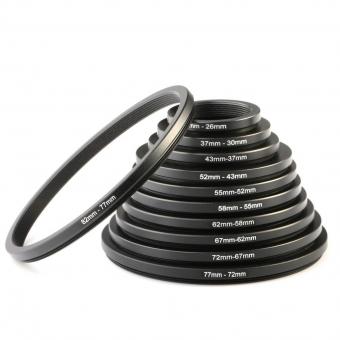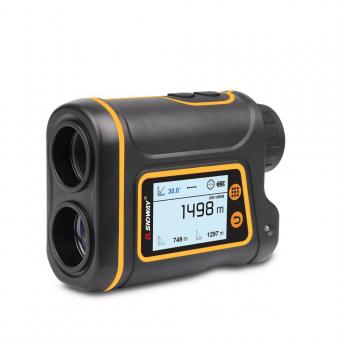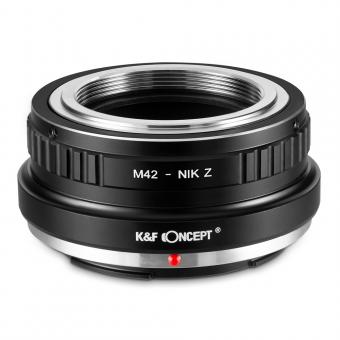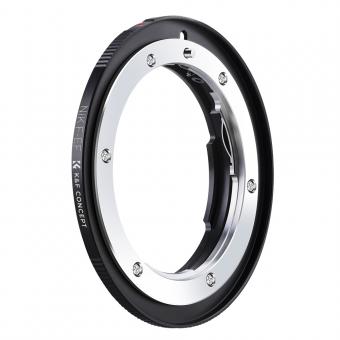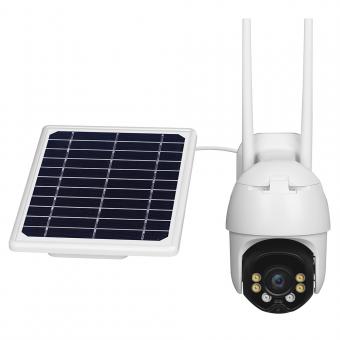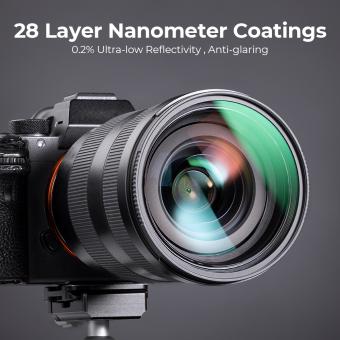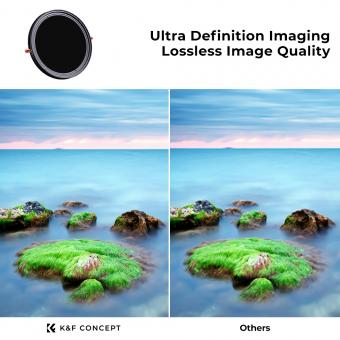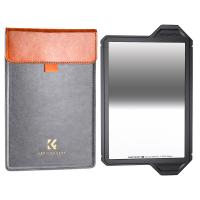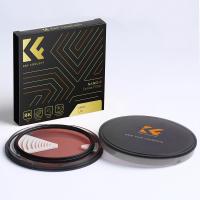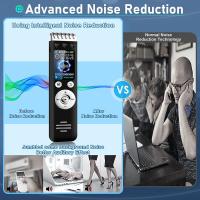Cctv Camera That Can Read Number Plates ?
A CCTV camera that can read number plates is commonly known as an Automatic Number Plate Recognition (ANPR) camera. ANPR cameras are equipped with specialized software and high-resolution cameras that can capture and analyze license plate information. These cameras are commonly used for various purposes, including law enforcement, traffic management, and parking enforcement. ANPR cameras use optical character recognition (OCR) technology to extract the alphanumeric characters from the license plate image and convert them into readable text. The captured data can then be processed and compared against databases to identify vehicles of interest or enforce parking regulations. ANPR cameras have become an essential tool in modern surveillance systems, providing efficient and accurate monitoring capabilities for a wide range of applications.
1、 Automatic Number Plate Recognition (ANPR) technology in CCTV cameras
Automatic Number Plate Recognition (ANPR) technology in CCTV cameras refers to the capability of these cameras to read and interpret number plates on vehicles. This technology has revolutionized surveillance and security systems, providing an efficient and effective means of monitoring and identifying vehicles in various settings.
ANPR technology in CCTV cameras utilizes advanced algorithms and optical character recognition (OCR) software to capture and analyze number plates in real-time. The cameras are equipped with high-resolution sensors and specialized lenses to ensure accurate and reliable readings, even in challenging lighting and weather conditions.
The benefits of CCTV cameras with ANPR technology are numerous. Firstly, they enhance law enforcement efforts by enabling the identification of vehicles involved in criminal activities, such as theft, hit-and-runs, or unauthorized access. This technology also aids in traffic management, allowing authorities to monitor and control traffic flow, detect traffic violations, and issue automated fines.
Moreover, ANPR technology in CCTV cameras can be integrated with databases, enabling instant cross-referencing of number plates against a list of wanted or stolen vehicles. This feature enhances the overall security of public spaces, parking lots, and private premises.
In recent years, advancements in ANPR technology have further improved its capabilities. For instance, some CCTV cameras now incorporate artificial intelligence (AI) algorithms, enabling them to detect and track vehicles in real-time, even in crowded or complex environments. Additionally, cloud-based ANPR systems have emerged, allowing for centralized monitoring and data storage, facilitating seamless integration with other security systems.
However, it is important to consider the potential privacy concerns associated with ANPR technology. The use of CCTV cameras with ANPR capabilities raises questions about the collection and storage of personal data. Striking a balance between security and privacy is crucial, and regulations and policies must be in place to ensure responsible and ethical use of this technology.
In conclusion, the integration of Automatic Number Plate Recognition (ANPR) technology in CCTV cameras has significantly enhanced surveillance and security systems. With the ability to read and interpret number plates, these cameras provide valuable information for law enforcement, traffic management, and overall public safety. As technology continues to advance, ANPR capabilities are expected to improve, further enhancing the effectiveness and efficiency of CCTV systems.

2、 Optical Character Recognition (OCR) capabilities in CCTV cameras
CCTV cameras with Optical Character Recognition (OCR) capabilities have revolutionized the surveillance industry by enabling the reading of number plates. These advanced cameras utilize OCR technology to capture and interpret the characters on number plates, providing valuable information for various applications.
One of the key advantages of CCTV cameras with OCR capabilities is their ability to enhance security and law enforcement efforts. By automatically reading number plates, these cameras can quickly identify and track vehicles of interest, such as stolen cars or those involved in criminal activities. This real-time information allows law enforcement agencies to respond swiftly and apprehend suspects, improving overall public safety.
Moreover, CCTV cameras with OCR capabilities have proven to be invaluable in traffic management and parking enforcement. These cameras can monitor and record vehicles entering restricted areas or violating parking regulations, enabling authorities to issue fines or take appropriate action. This not only helps maintain order on the roads but also ensures efficient use of parking spaces and reduces congestion.
In recent years, advancements in OCR technology have further enhanced the accuracy and efficiency of these cameras. Improved algorithms and machine learning techniques have made it possible to read number plates even in challenging conditions, such as low light or adverse weather. Additionally, the integration of artificial intelligence has enabled these cameras to analyze and interpret data in real-time, providing valuable insights for traffic planning and management.
As technology continues to evolve, CCTV cameras with OCR capabilities are likely to become even more sophisticated. The integration of cloud computing and big data analytics may enable these cameras to process and analyze vast amounts of data, leading to more accurate identification and tracking of vehicles. Furthermore, the integration of facial recognition technology with OCR capabilities could provide an additional layer of security by linking number plates to individuals.
In conclusion, CCTV cameras with OCR capabilities have transformed the surveillance landscape by enabling the reading of number plates. These cameras have proven to be instrumental in enhancing security, traffic management, and parking enforcement. With ongoing advancements in OCR technology, these cameras are poised to play an even more significant role in the future.
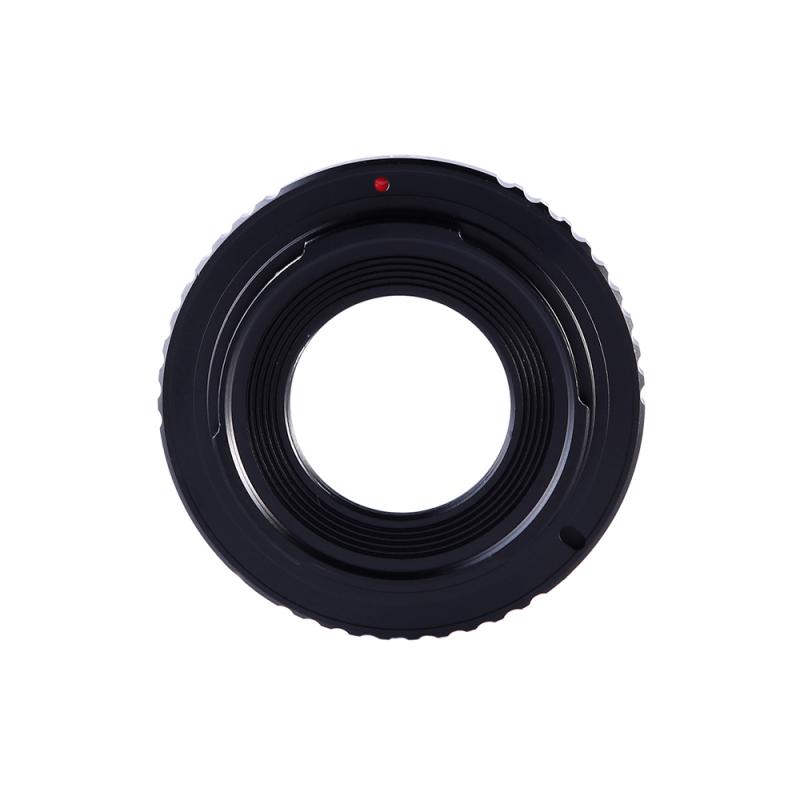
3、 License plate reading functionality in CCTV surveillance systems
License plate reading functionality in CCTV surveillance systems refers to the capability of cameras to accurately capture and interpret license plate numbers. This technology has become increasingly advanced in recent years, allowing for more efficient and effective surveillance.
One of the key benefits of CCTV cameras with license plate reading functionality is their ability to enhance security and law enforcement efforts. These cameras can be strategically placed in areas such as parking lots, toll booths, and high-crime areas to monitor and record the movement of vehicles. By automatically reading license plate numbers, these cameras can quickly identify stolen vehicles, vehicles involved in criminal activities, or those with expired or invalid registration.
The latest advancements in this technology have improved the accuracy and speed of license plate reading. High-resolution cameras, combined with advanced optical character recognition (OCR) software, can capture clear images of license plates even in challenging lighting conditions or at high speeds. Additionally, machine learning algorithms have been implemented to improve the accuracy of license plate recognition, reducing false positives and negatives.
Furthermore, the integration of license plate reading functionality with other surveillance systems, such as facial recognition or access control systems, has further enhanced the capabilities of CCTV cameras. This integration allows for more comprehensive monitoring and tracking of individuals and vehicles, providing valuable data for investigations and security operations.
However, it is important to consider the privacy implications of license plate reading technology. As these cameras capture and store sensitive information, there is a need for strict regulations and policies to ensure the responsible use and protection of this data.
In conclusion, CCTV cameras with license plate reading functionality have become an essential tool in modern surveillance systems. The latest advancements in technology have significantly improved the accuracy and speed of license plate recognition, enhancing security and law enforcement efforts. However, it is crucial to balance the benefits of this technology with privacy concerns to ensure its responsible and ethical use.

4、 Vehicle identification through number plate scanning in CCTV cameras
A CCTV camera that can read number plates is a powerful tool for vehicle identification and surveillance. This technology allows for the automatic scanning and recognition of number plates, providing valuable information for law enforcement, traffic management, and security purposes.
With the advancements in computer vision and image processing algorithms, CCTV cameras equipped with number plate scanning capabilities have become increasingly accurate and efficient. These cameras use optical character recognition (OCR) technology to extract the alphanumeric characters from the number plates and convert them into machine-readable text.
The benefits of using CCTV cameras with number plate scanning are numerous. Firstly, it enables the automated monitoring of vehicles entering or leaving a specific area, such as a parking lot, toll booth, or restricted zone. This can help in identifying stolen vehicles, tracking down suspects, or enforcing traffic regulations.
Moreover, the data collected from these cameras can be integrated with other systems, such as databases of stolen vehicles or wanted individuals. This allows for real-time alerts and notifications to be sent to law enforcement agencies, enhancing their ability to respond quickly and effectively.
Additionally, CCTV cameras with number plate scanning can be used for traffic management purposes. By analyzing the data collected, authorities can gain insights into traffic patterns, congestion hotspots, and average vehicle speeds. This information can be used to optimize traffic flow, improve road safety, and plan infrastructure developments.
From a security perspective, these cameras can also be used to detect and prevent unauthorized access to private or restricted areas. By comparing the scanned number plates against a pre-defined list of authorized vehicles, any suspicious or unauthorized vehicles can be flagged and appropriate action can be taken.
In conclusion, a CCTV camera that can read number plates is a valuable tool for vehicle identification and surveillance. With the latest advancements in technology, these cameras have become more accurate and efficient, providing law enforcement, traffic management, and security agencies with valuable information to enhance their operations.


